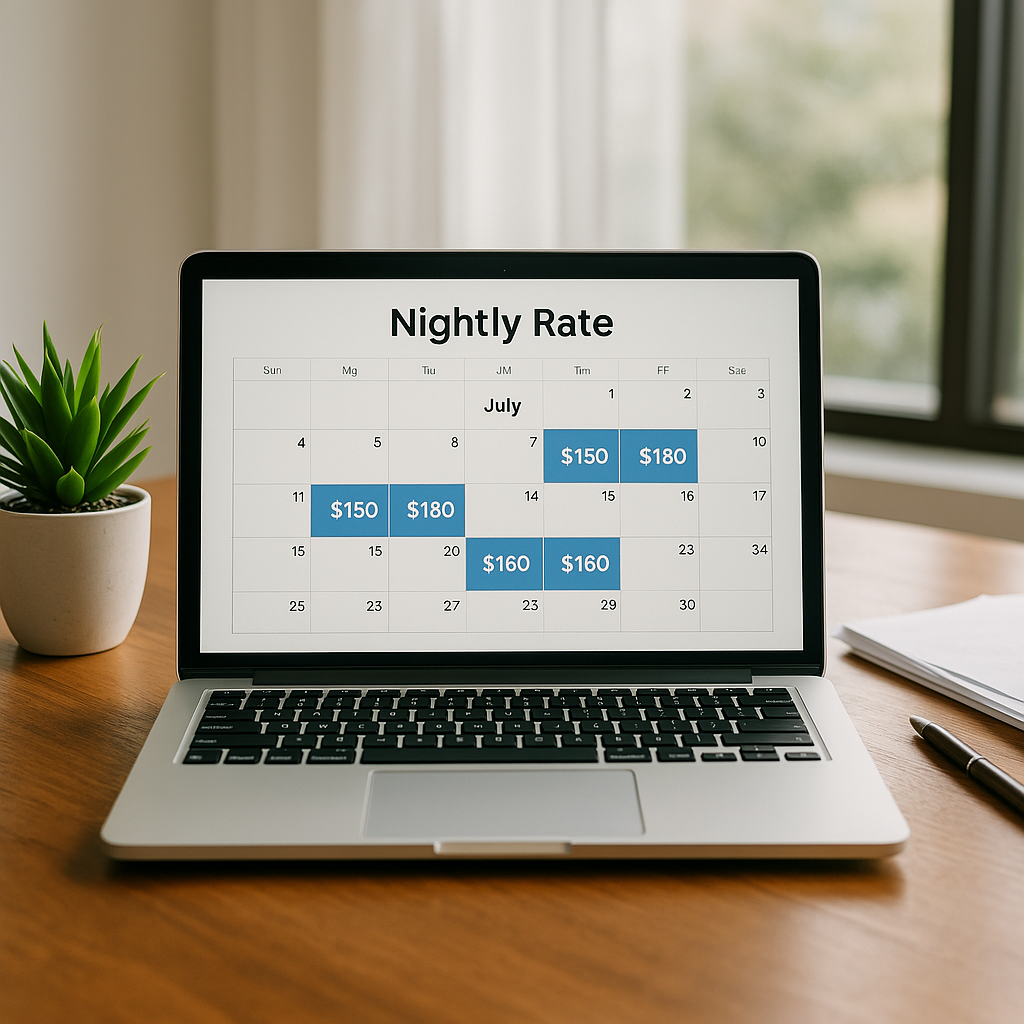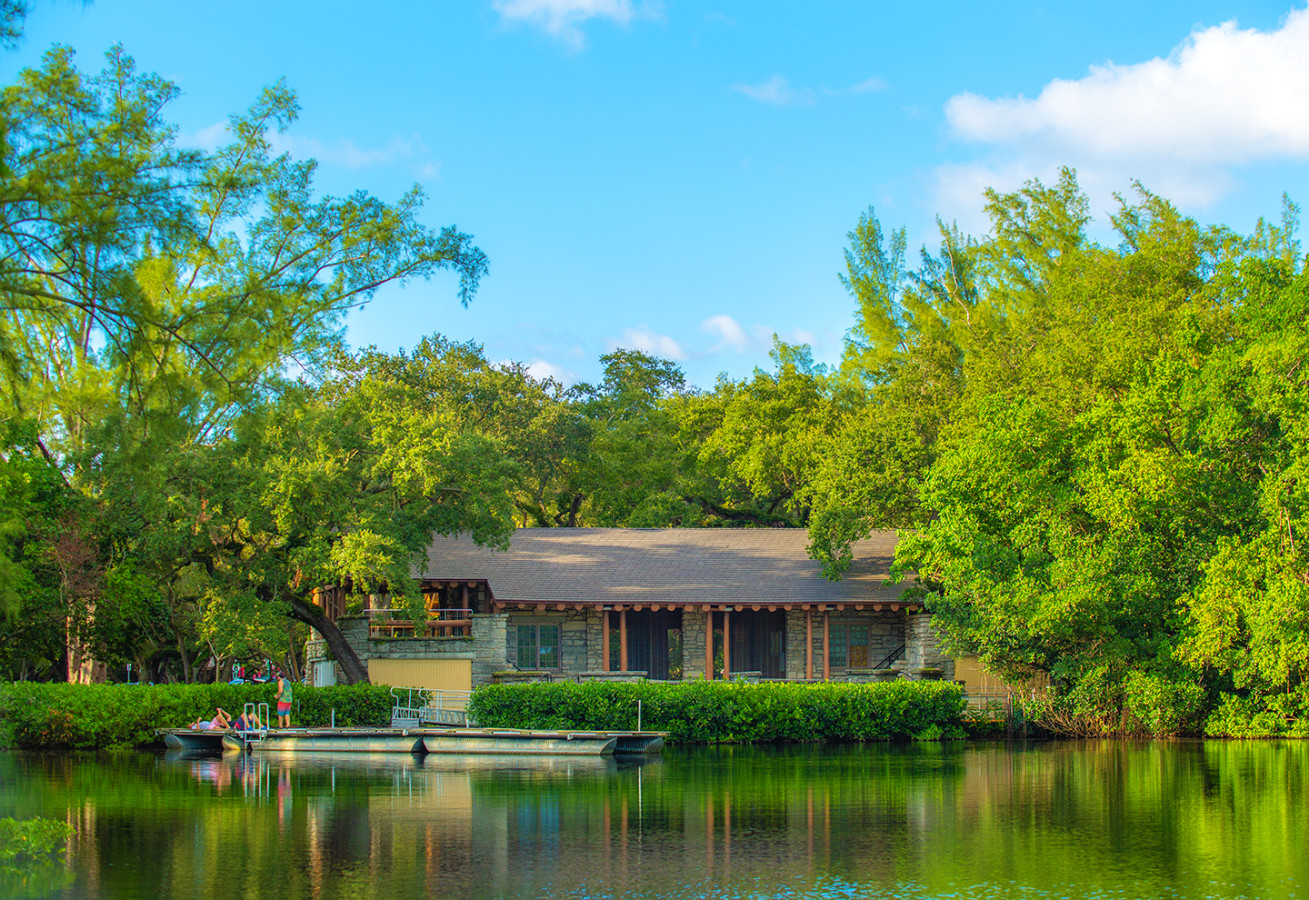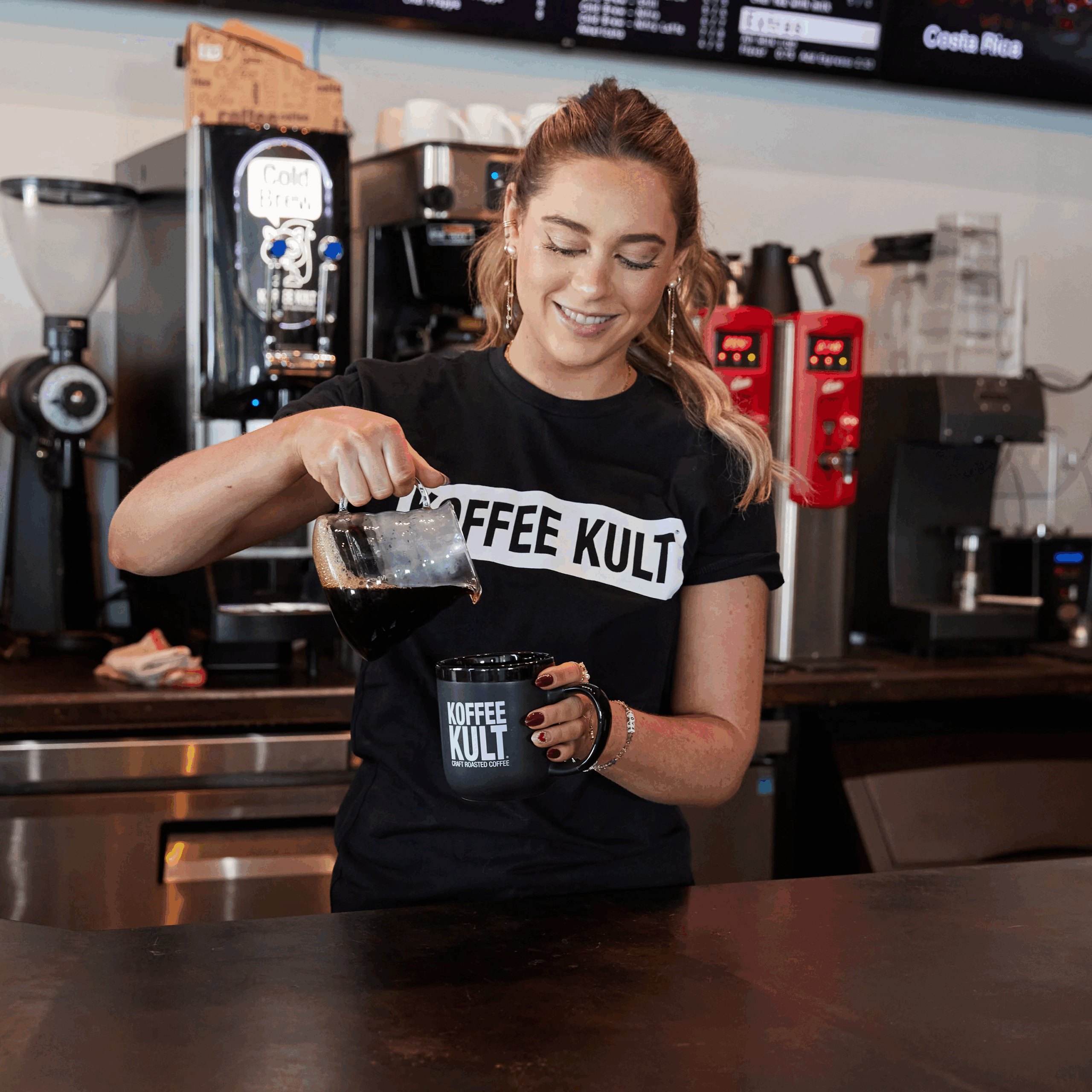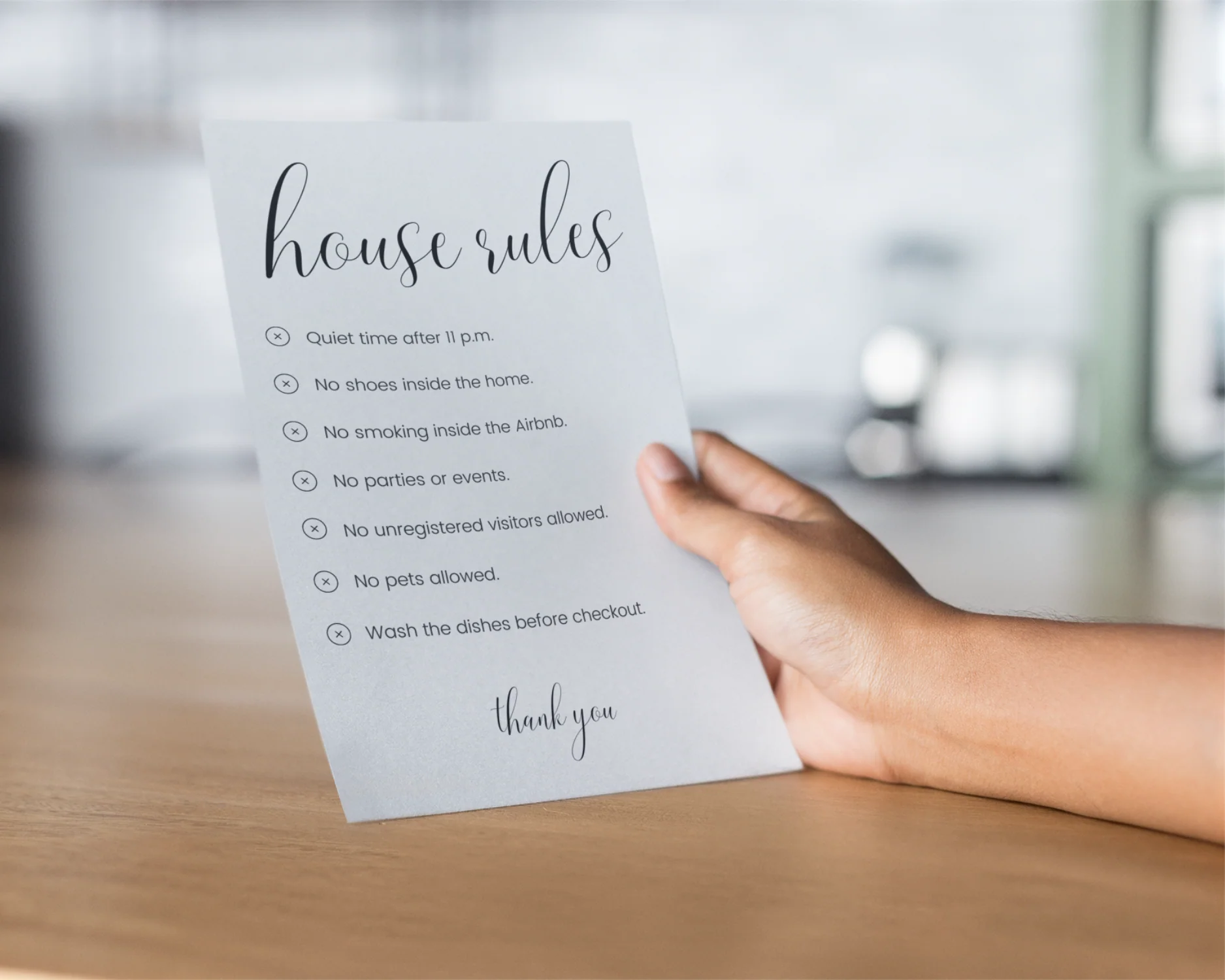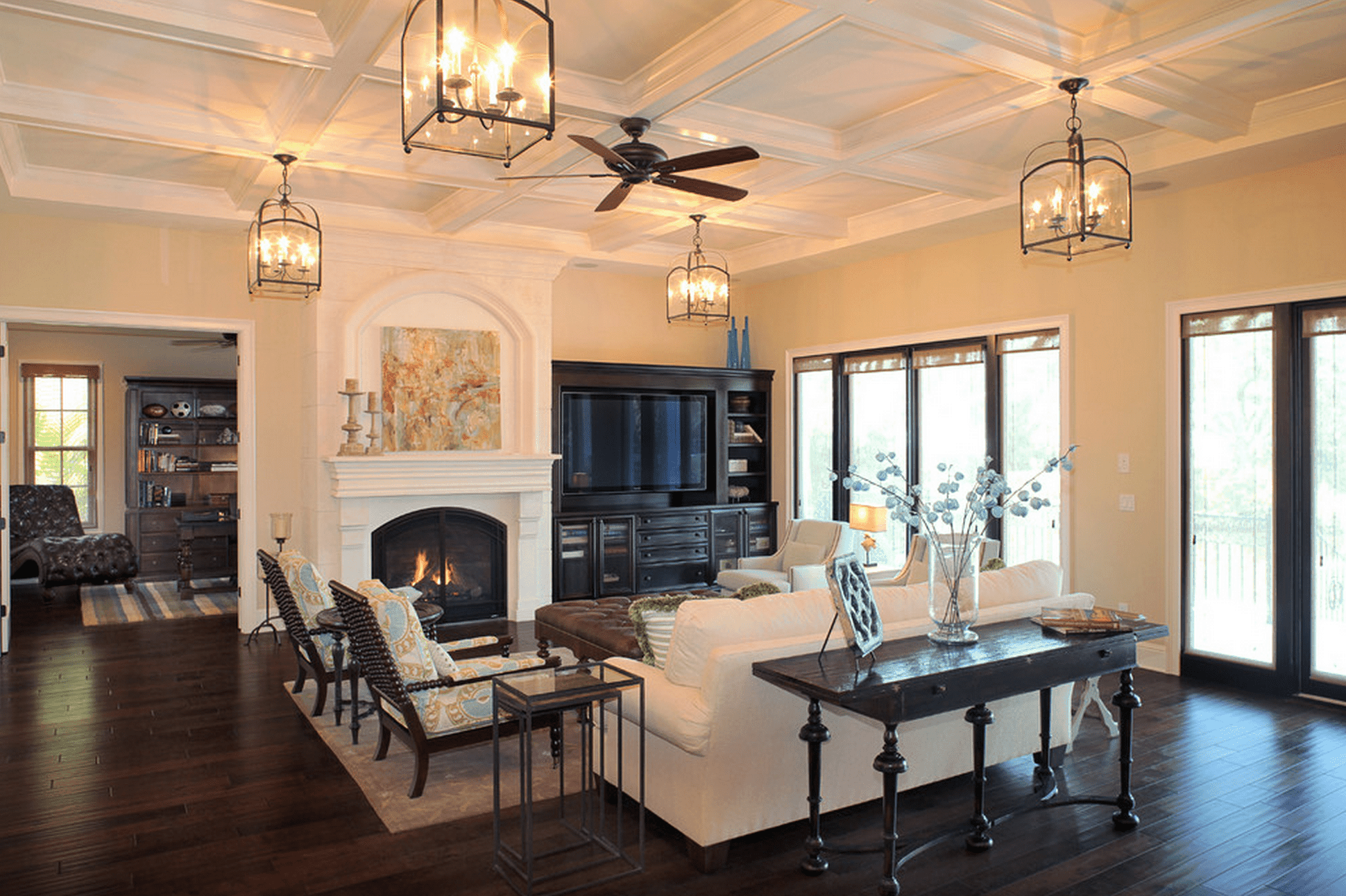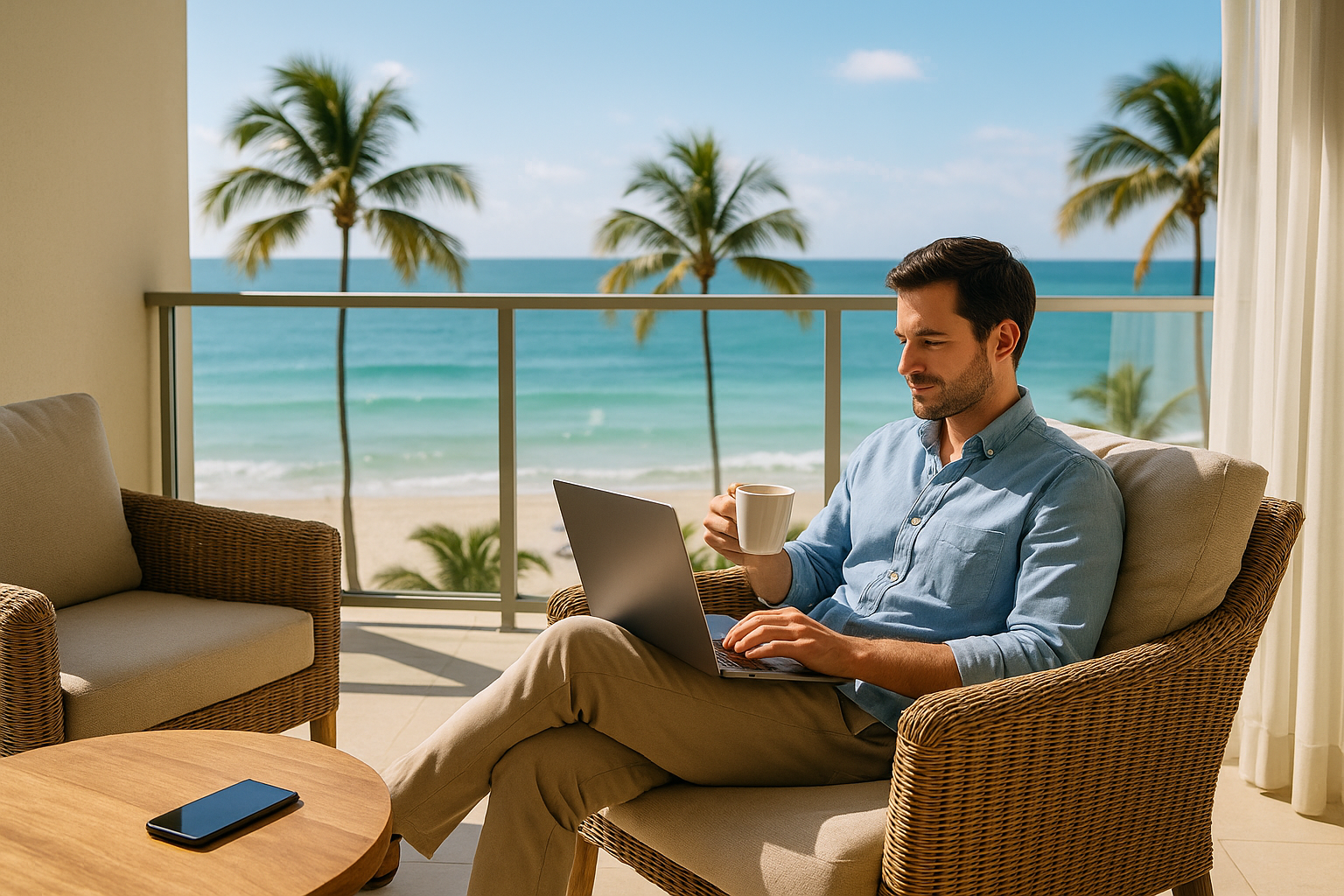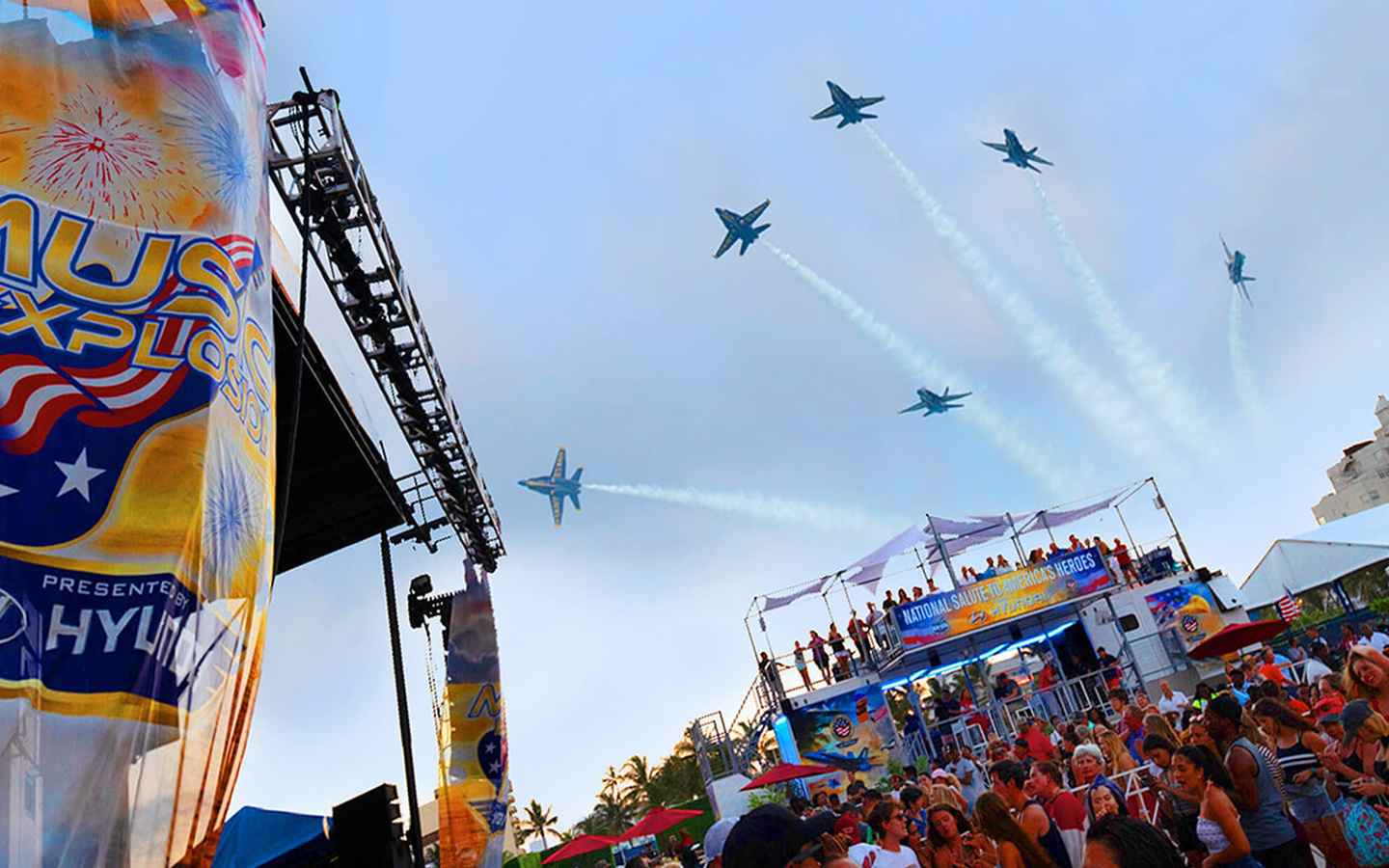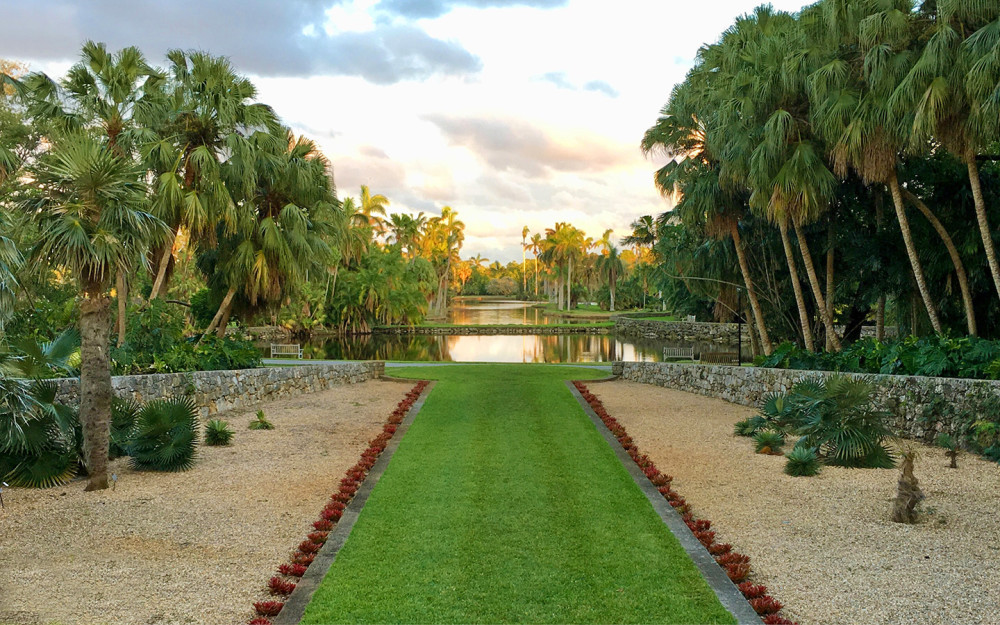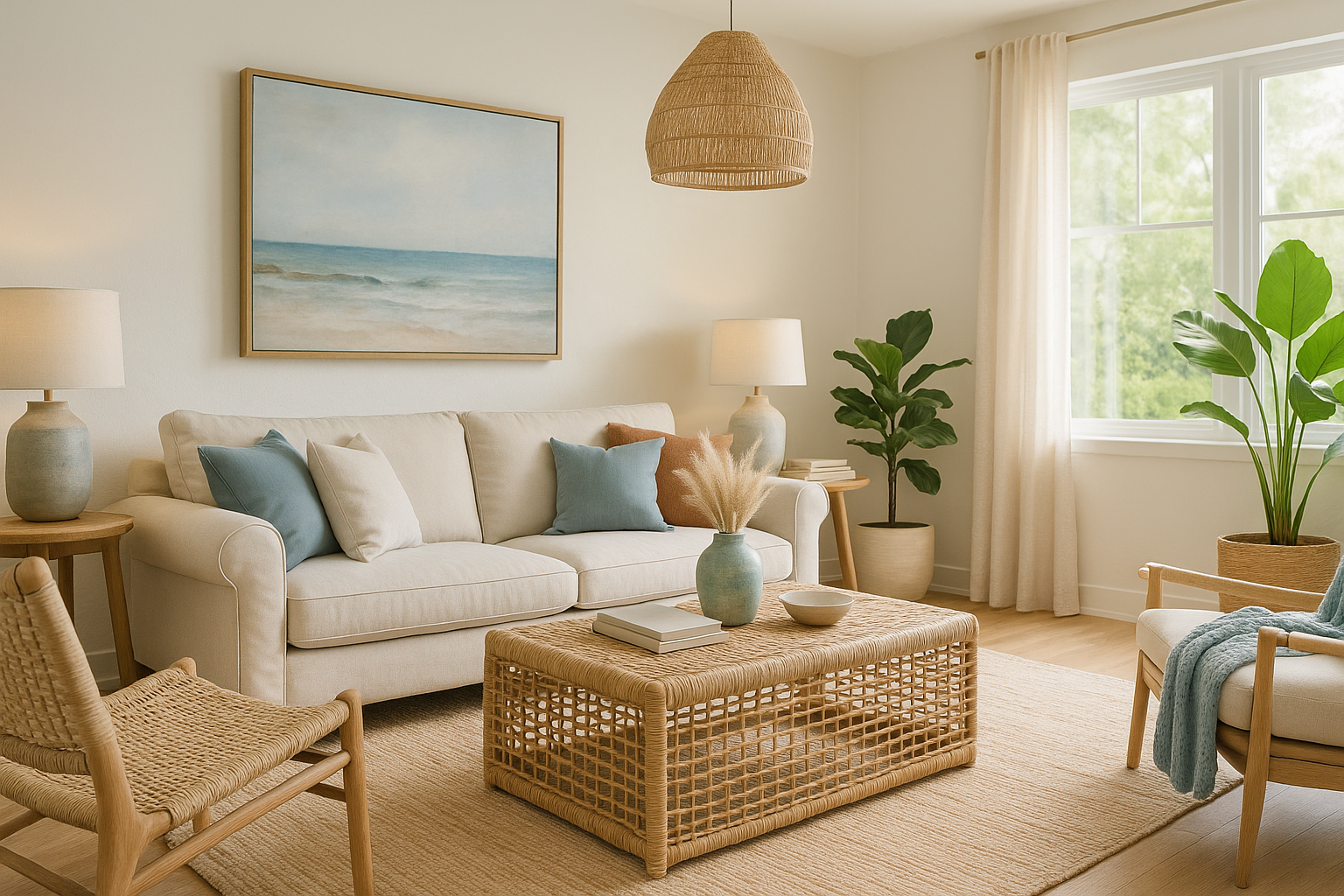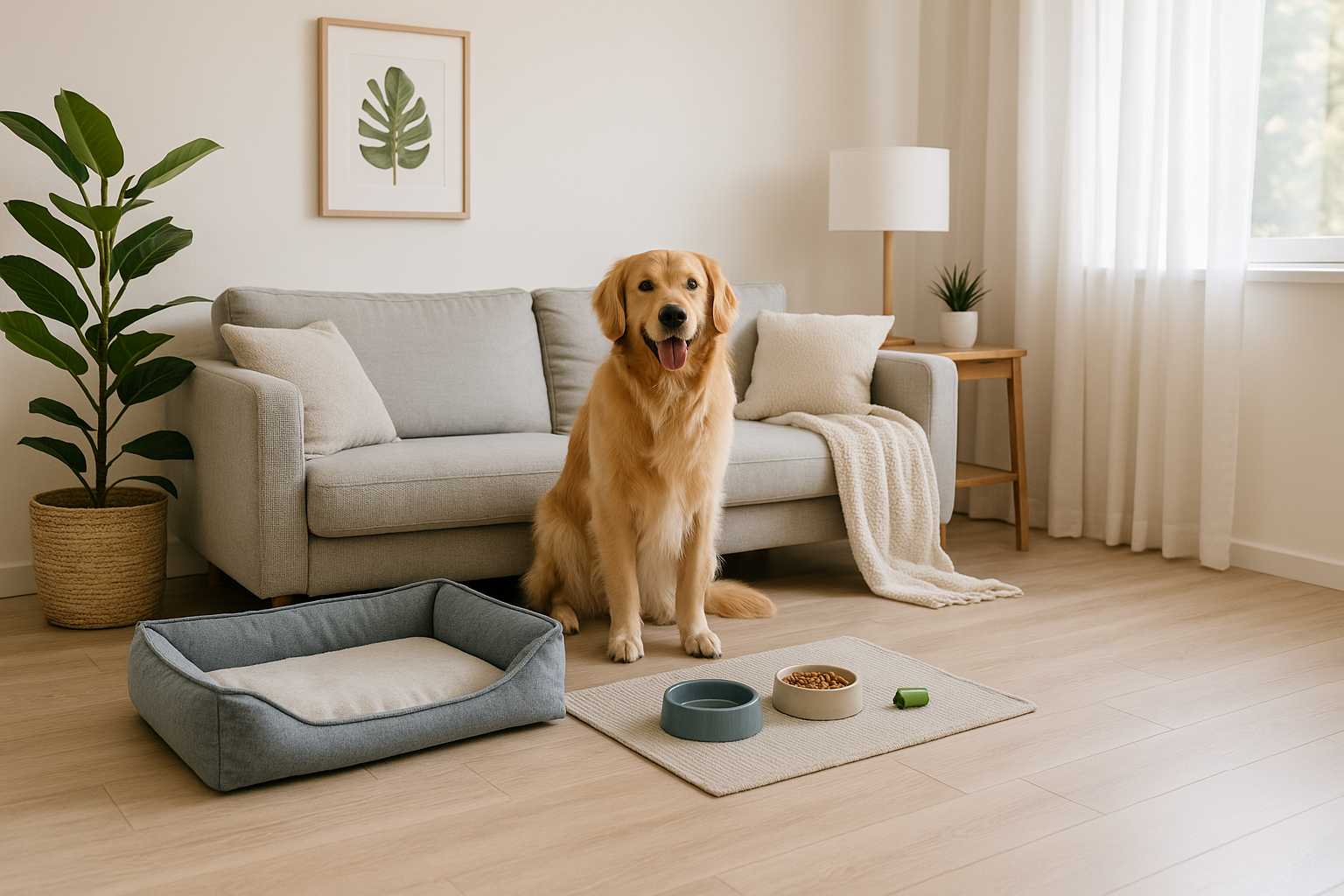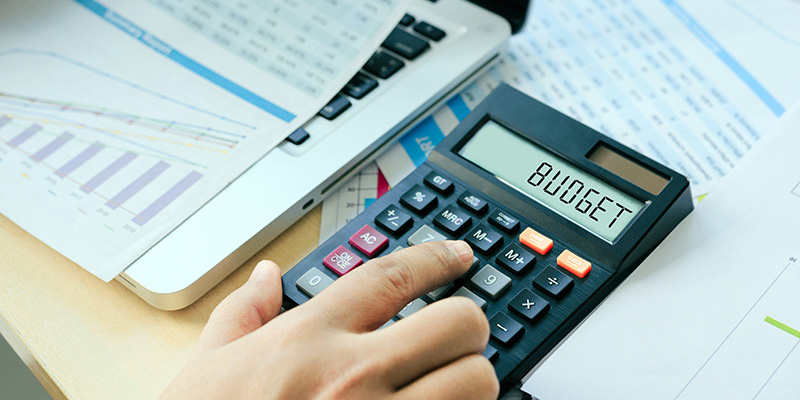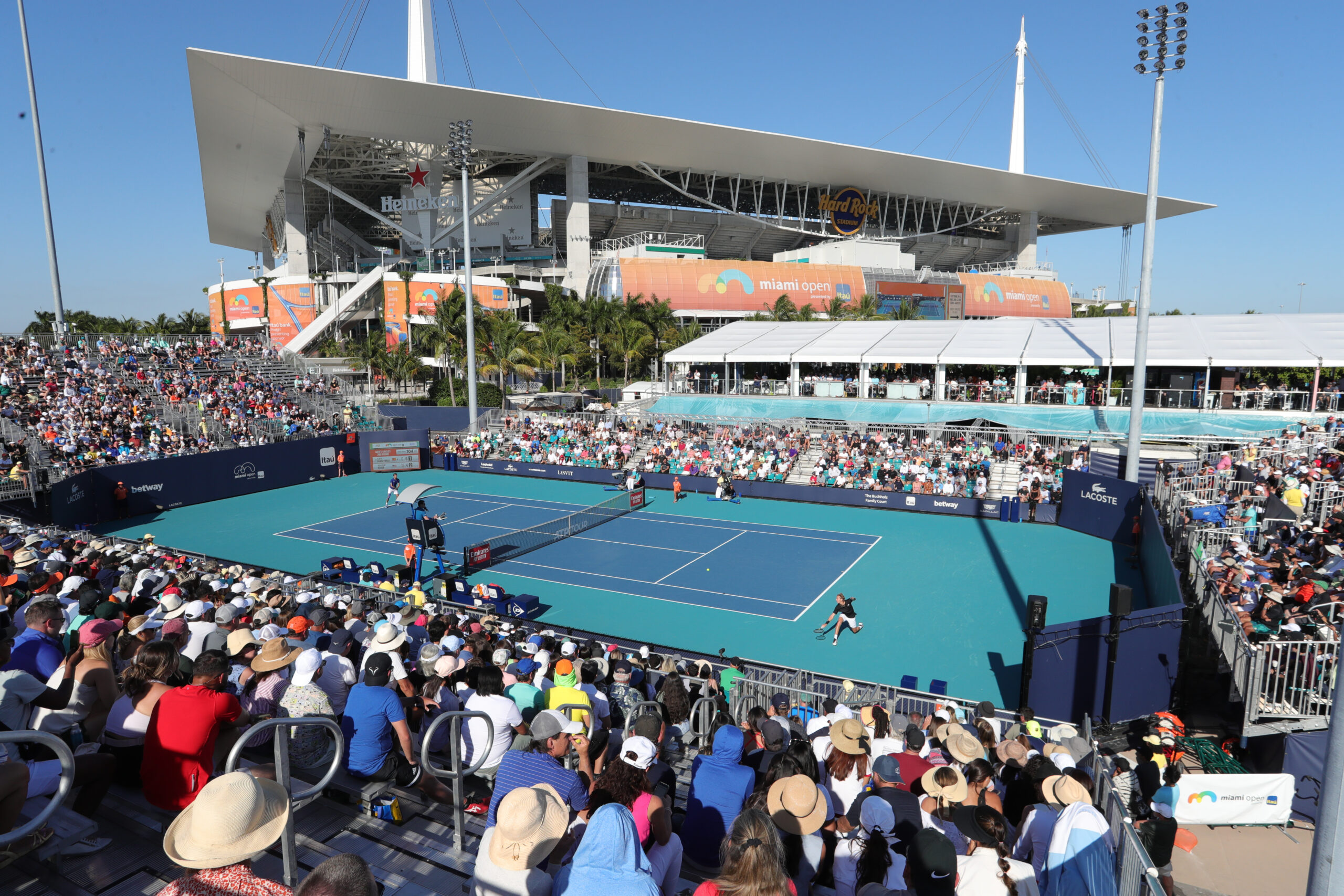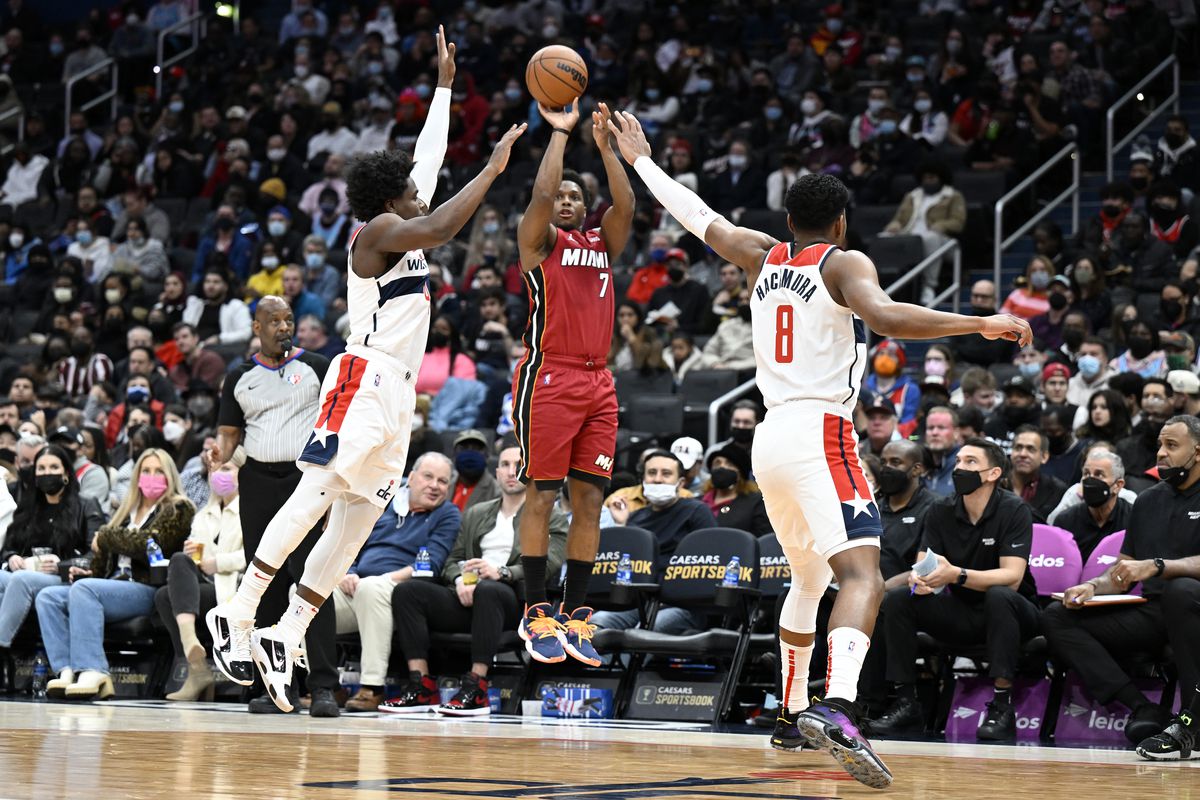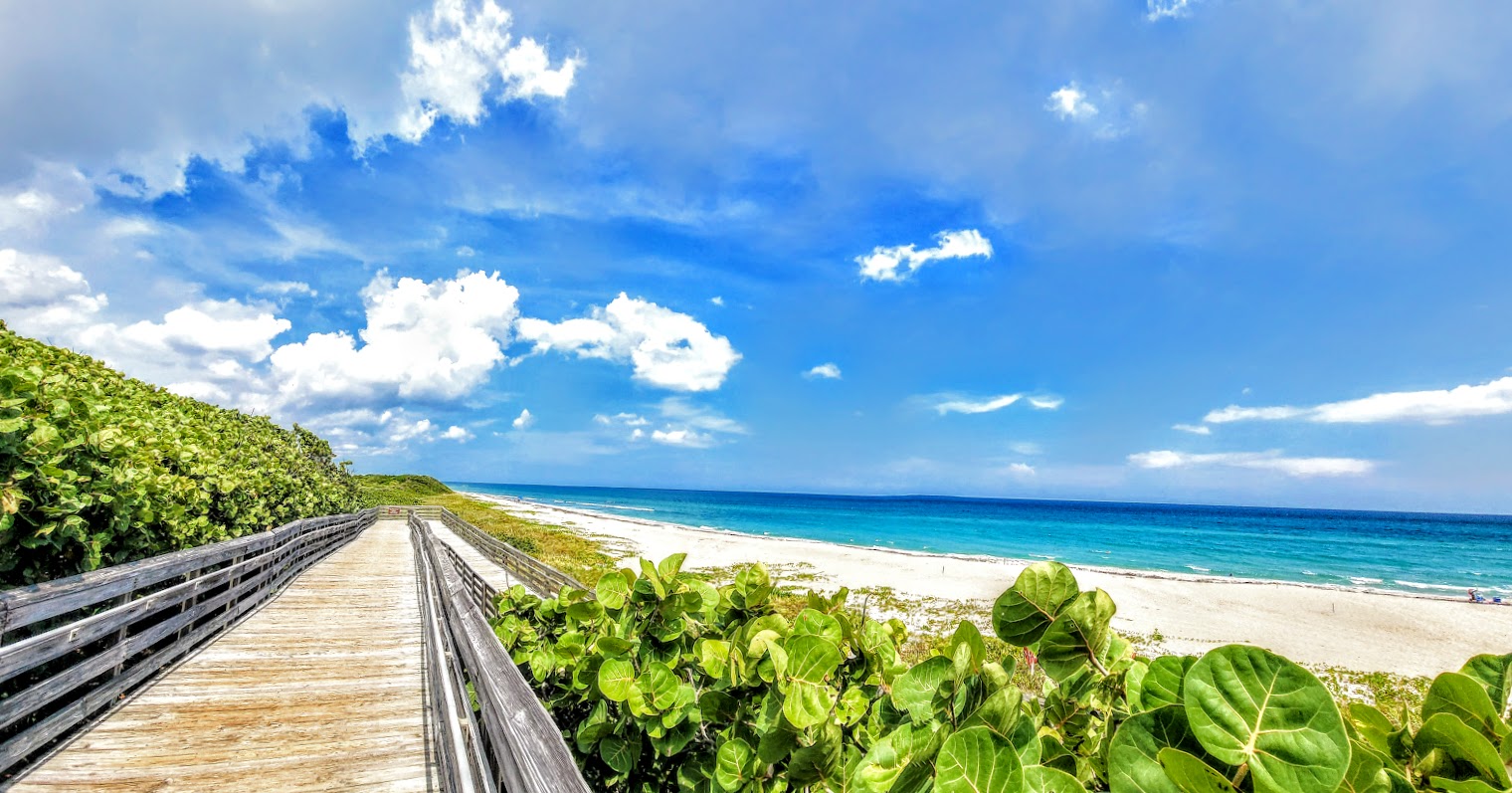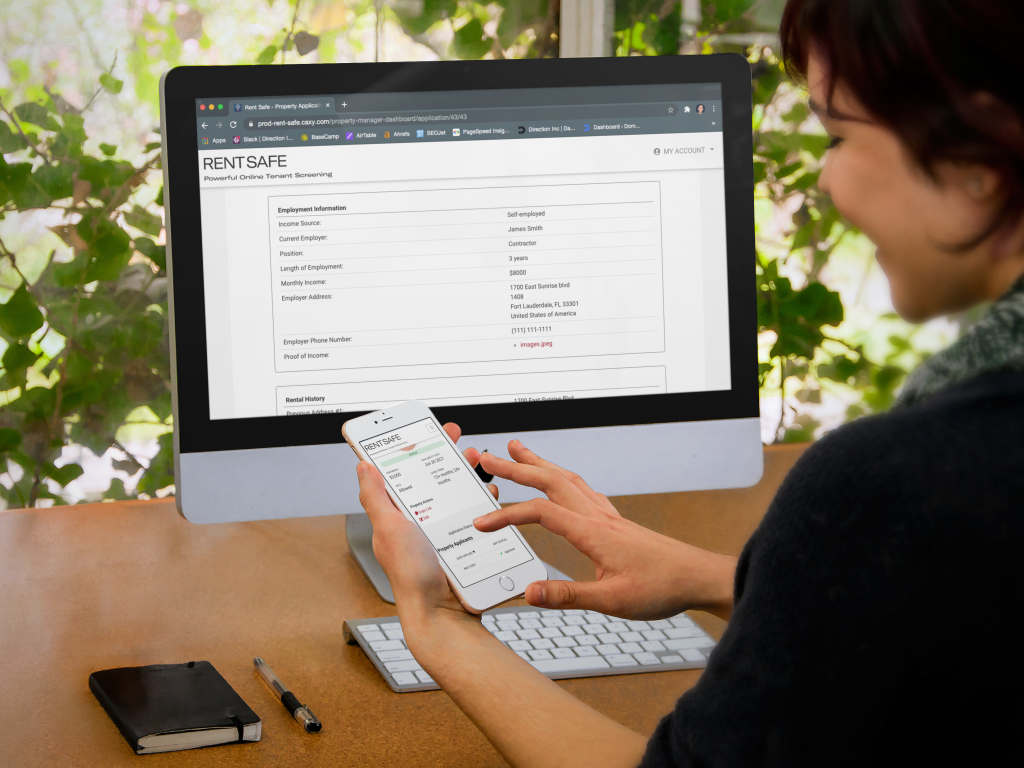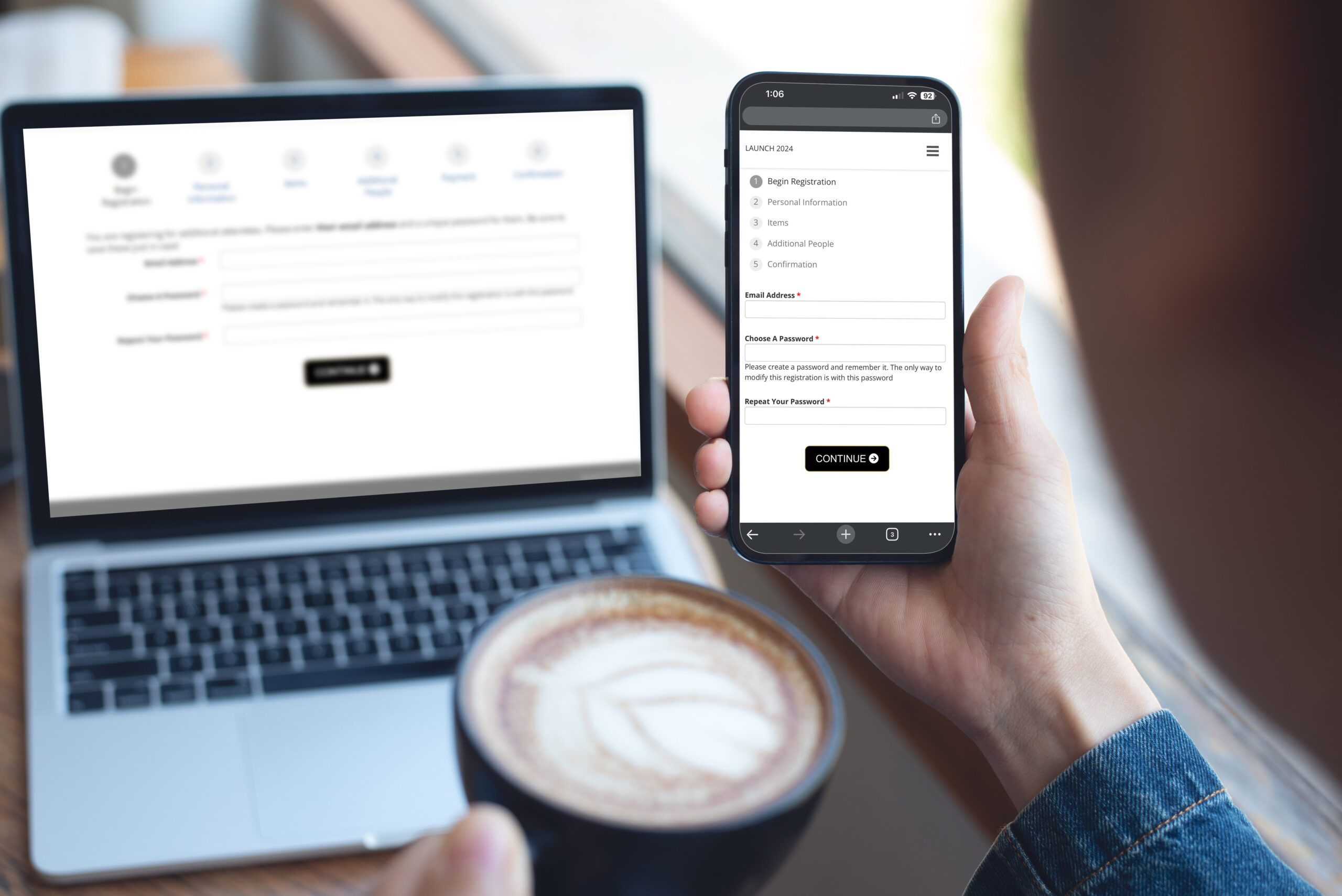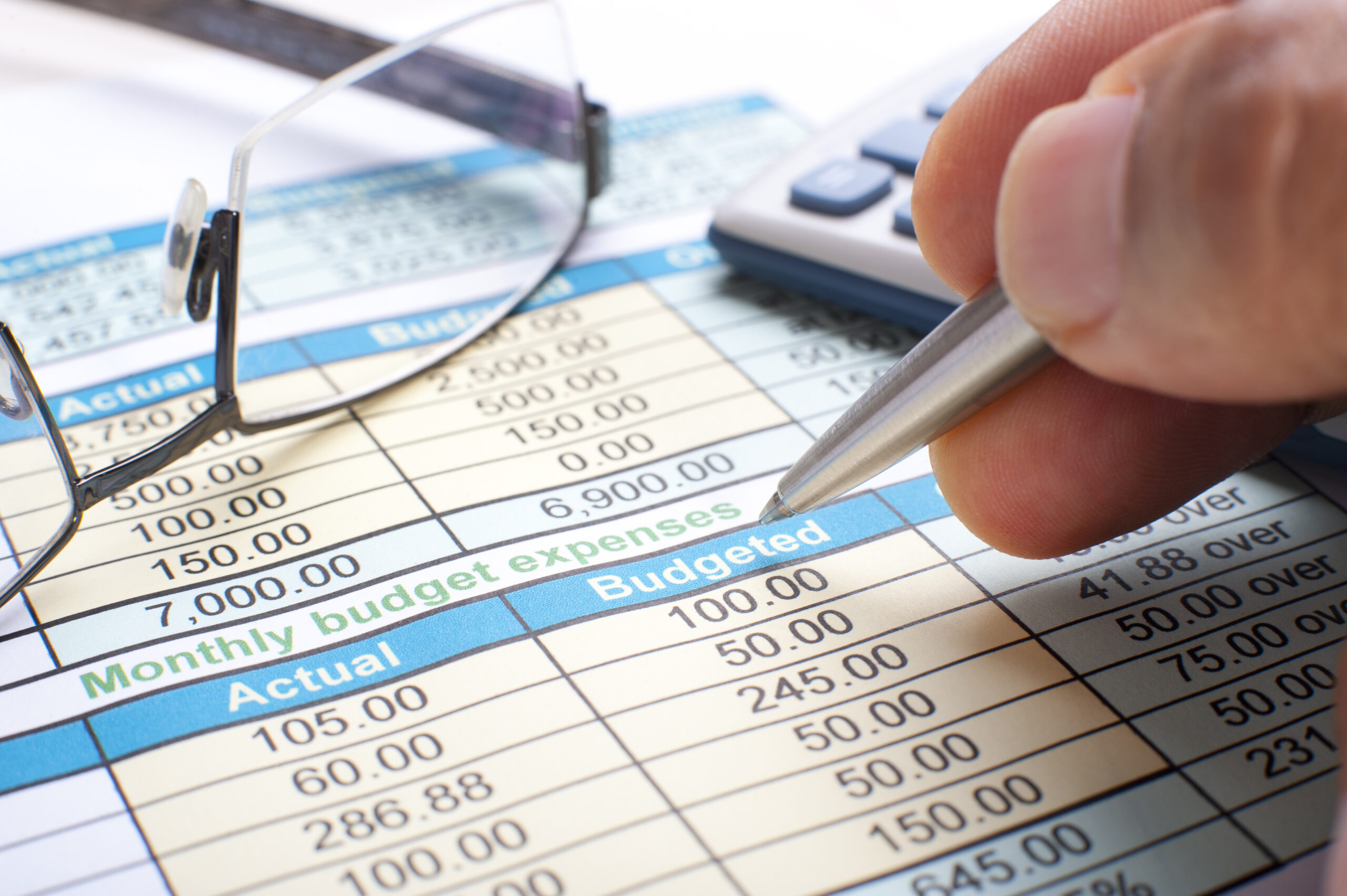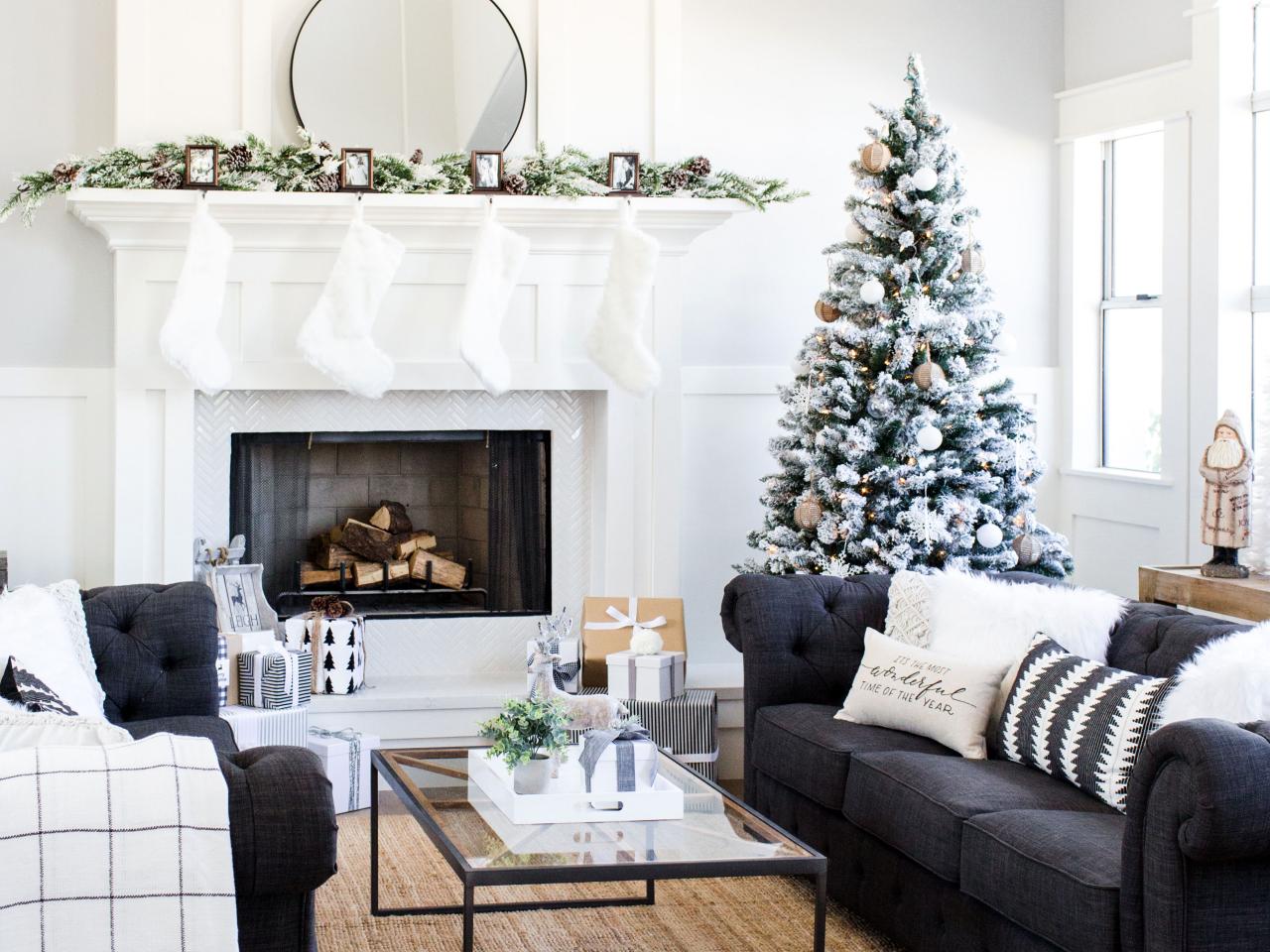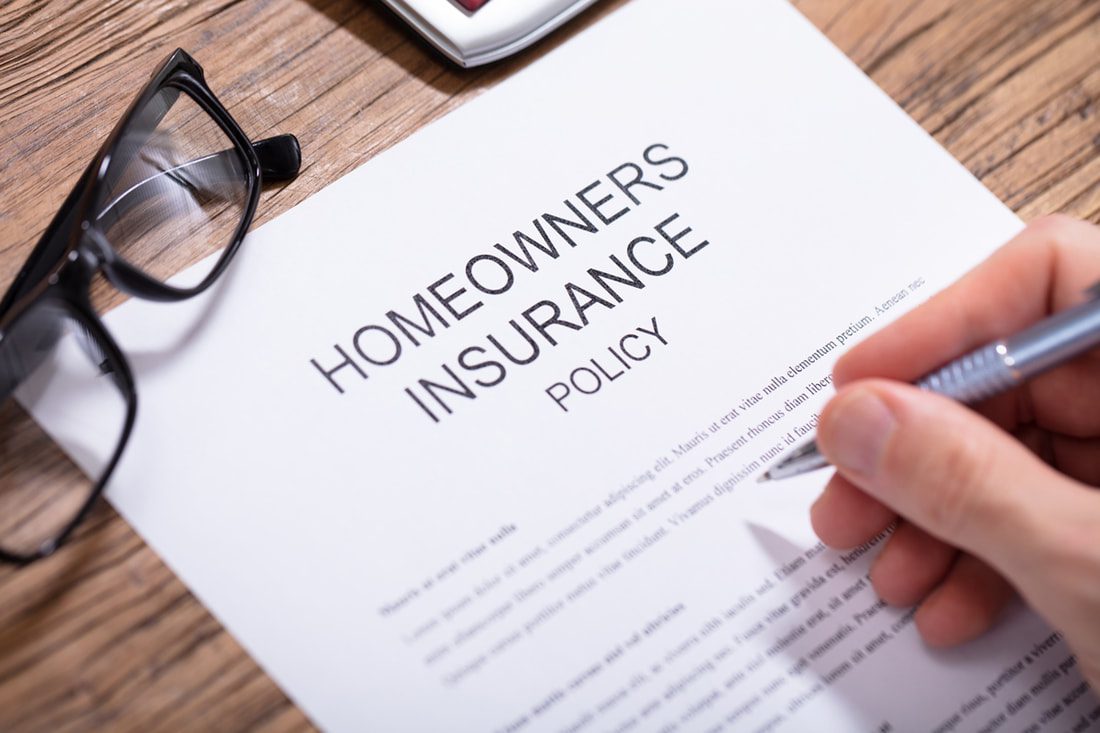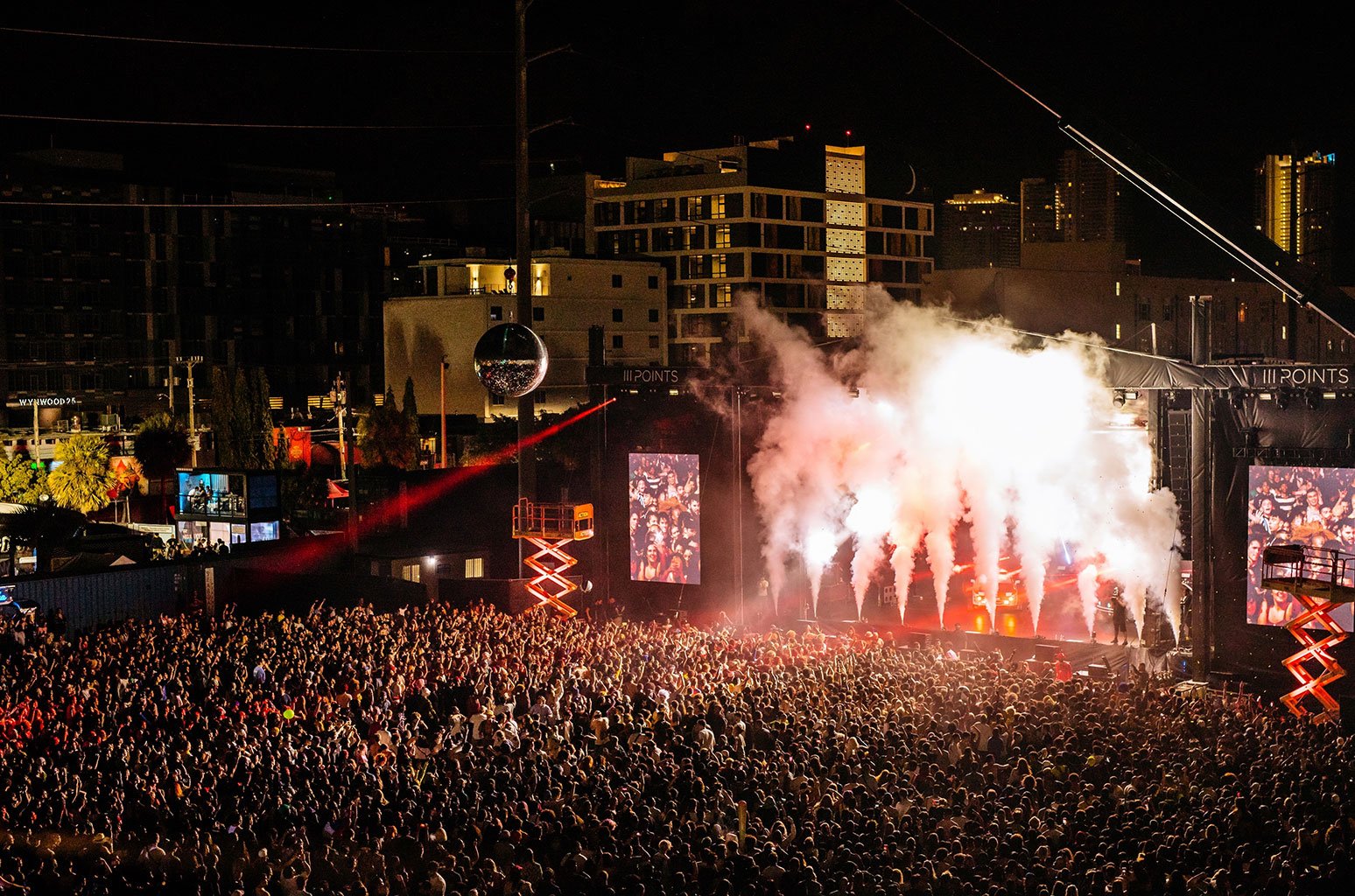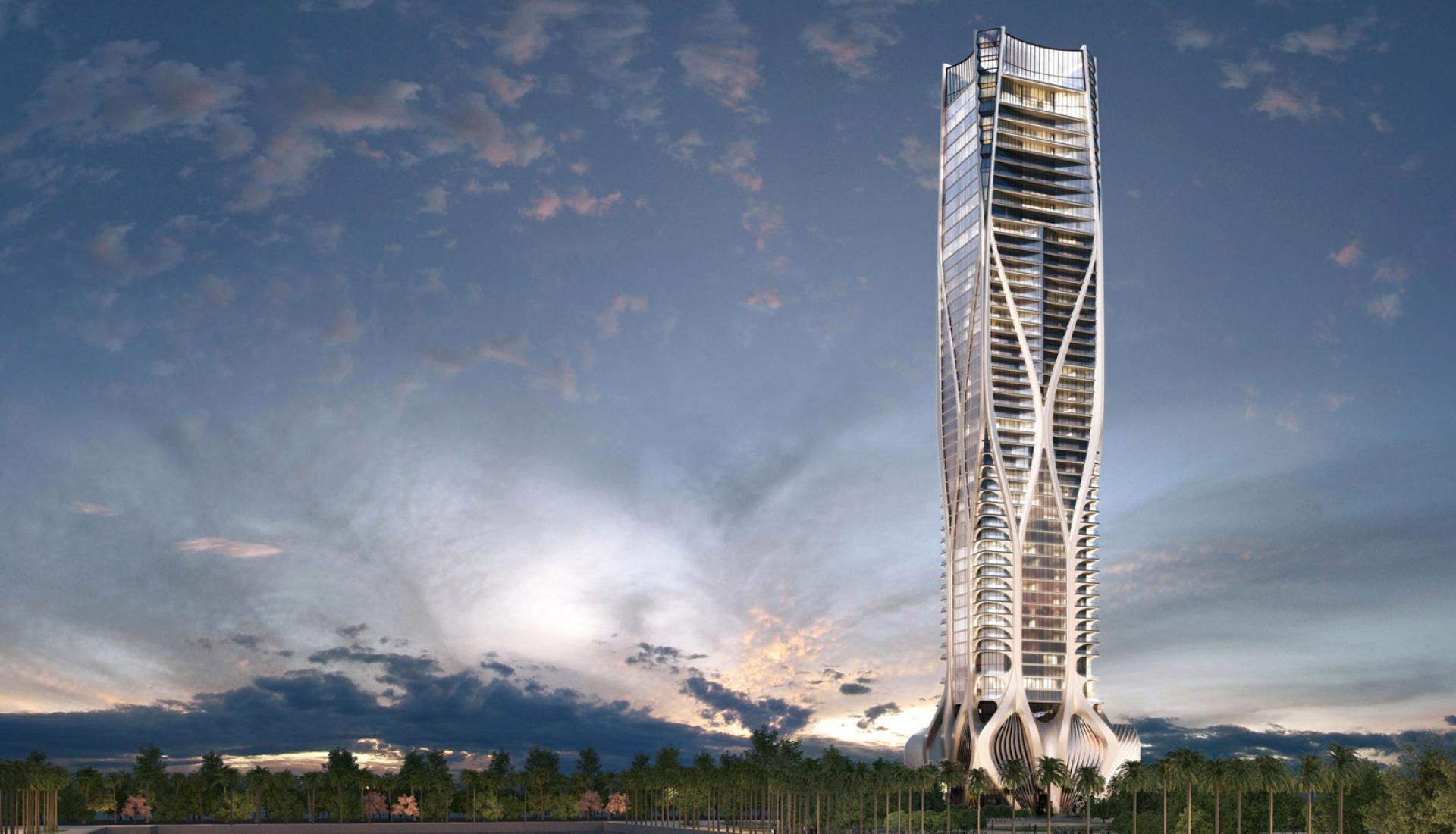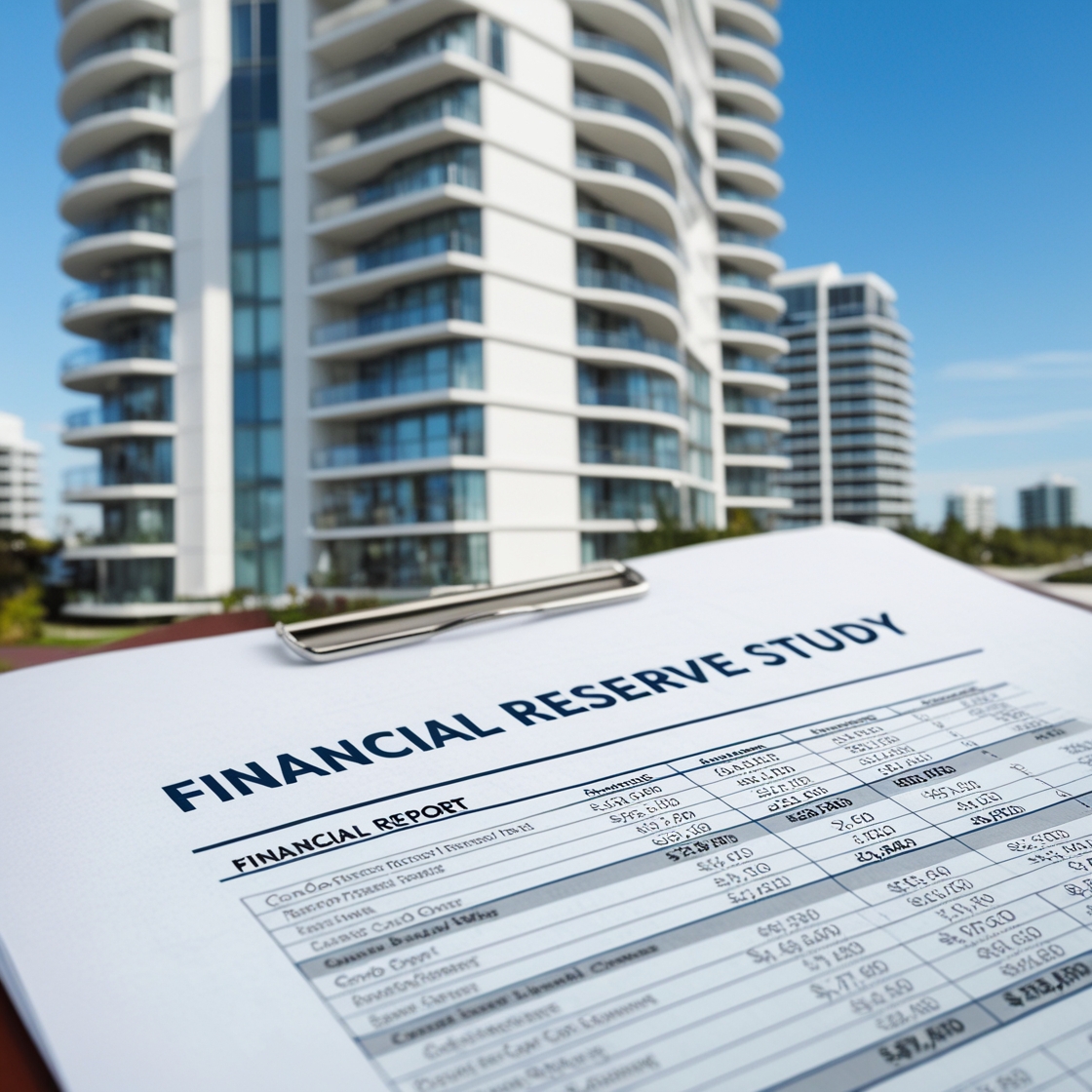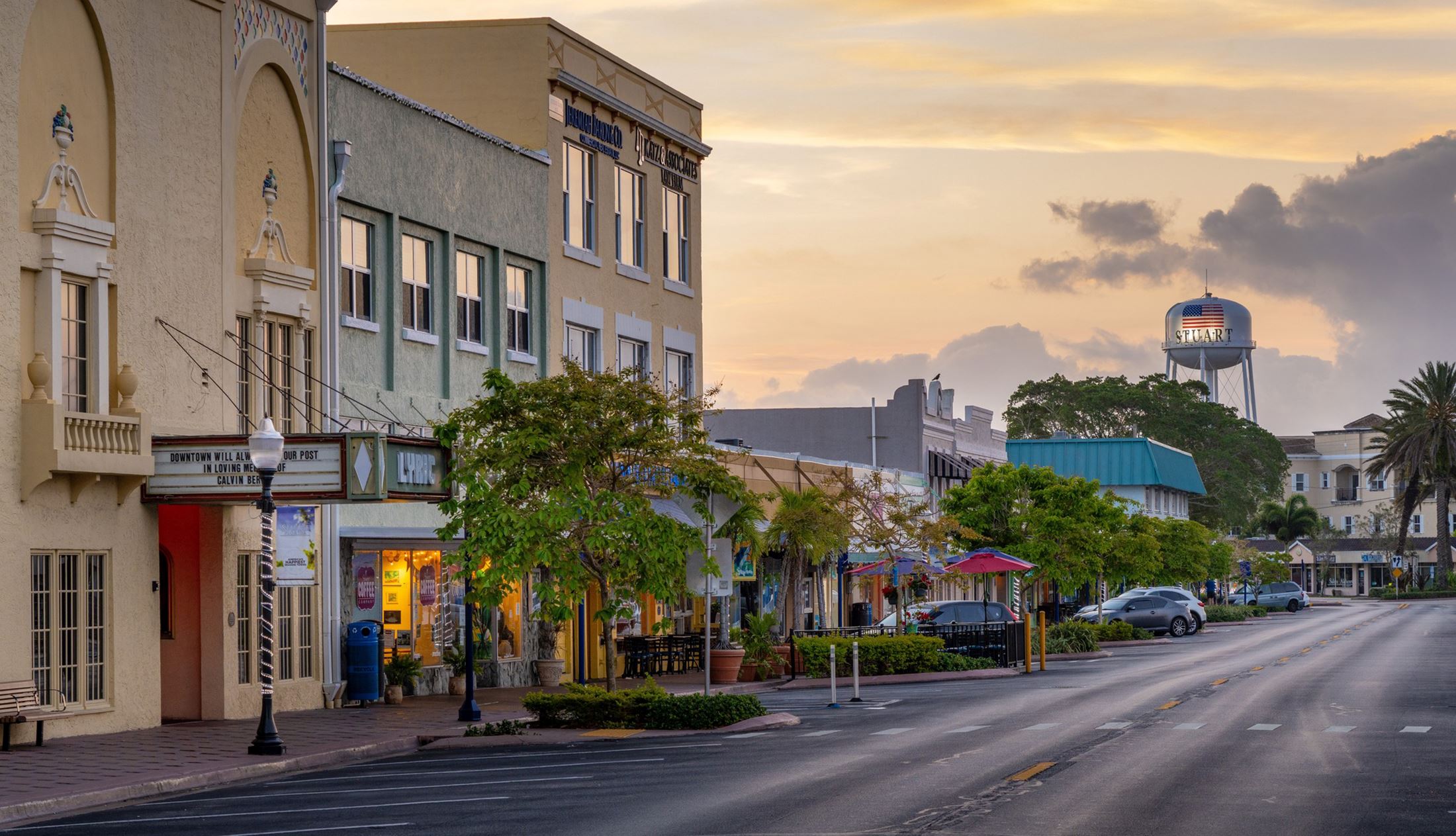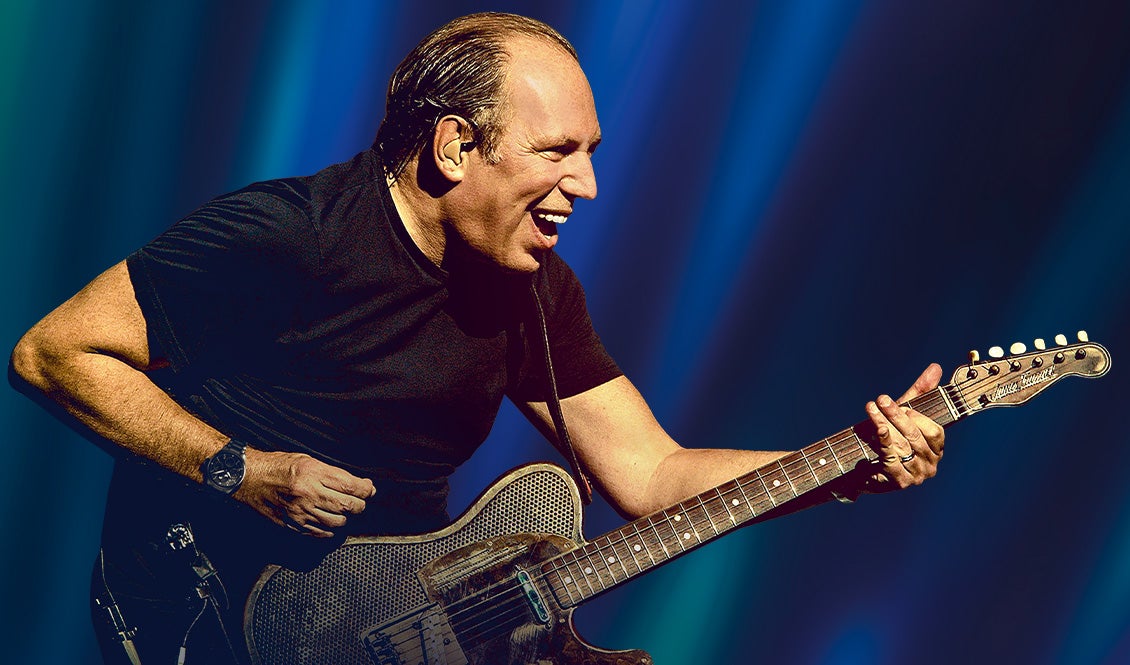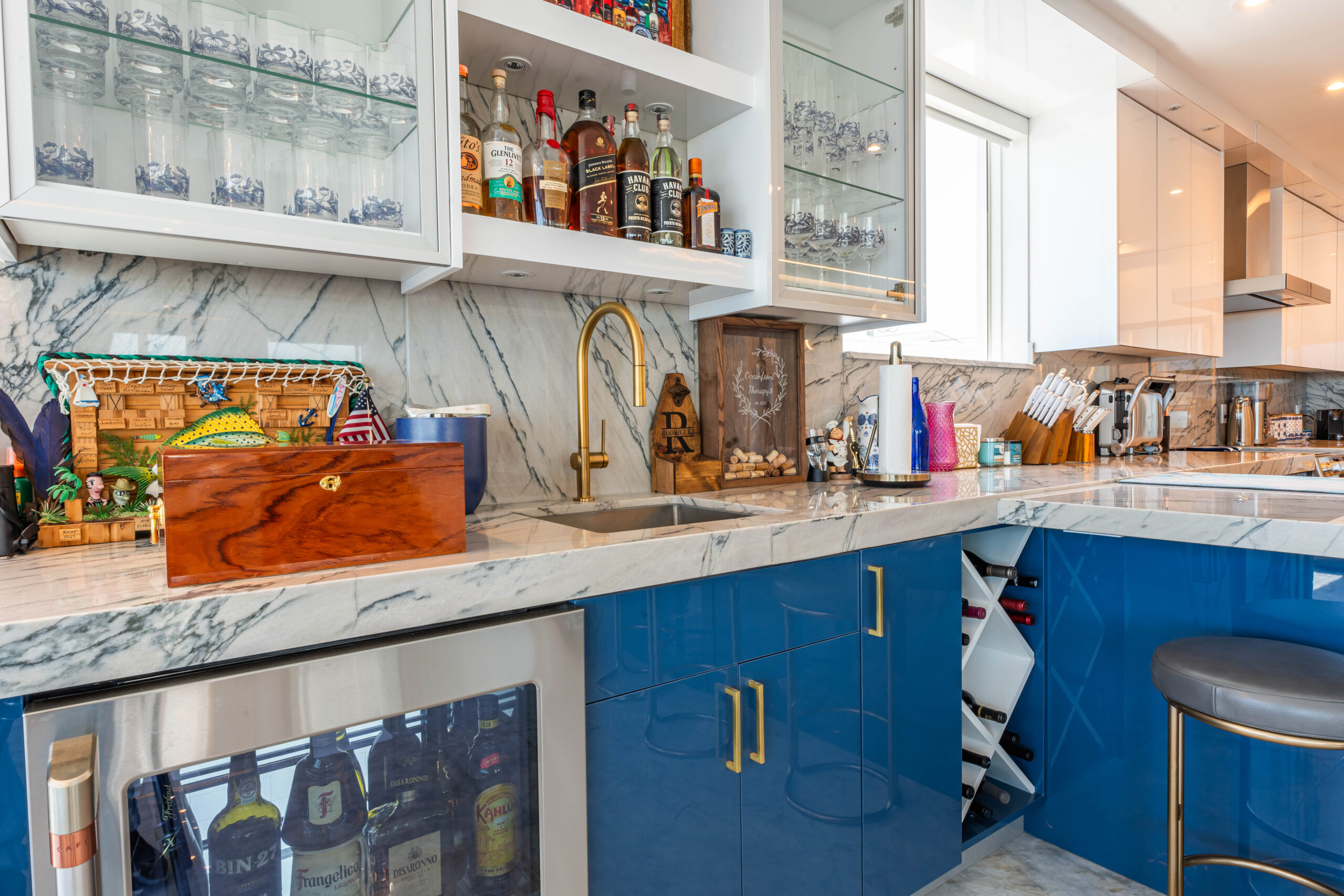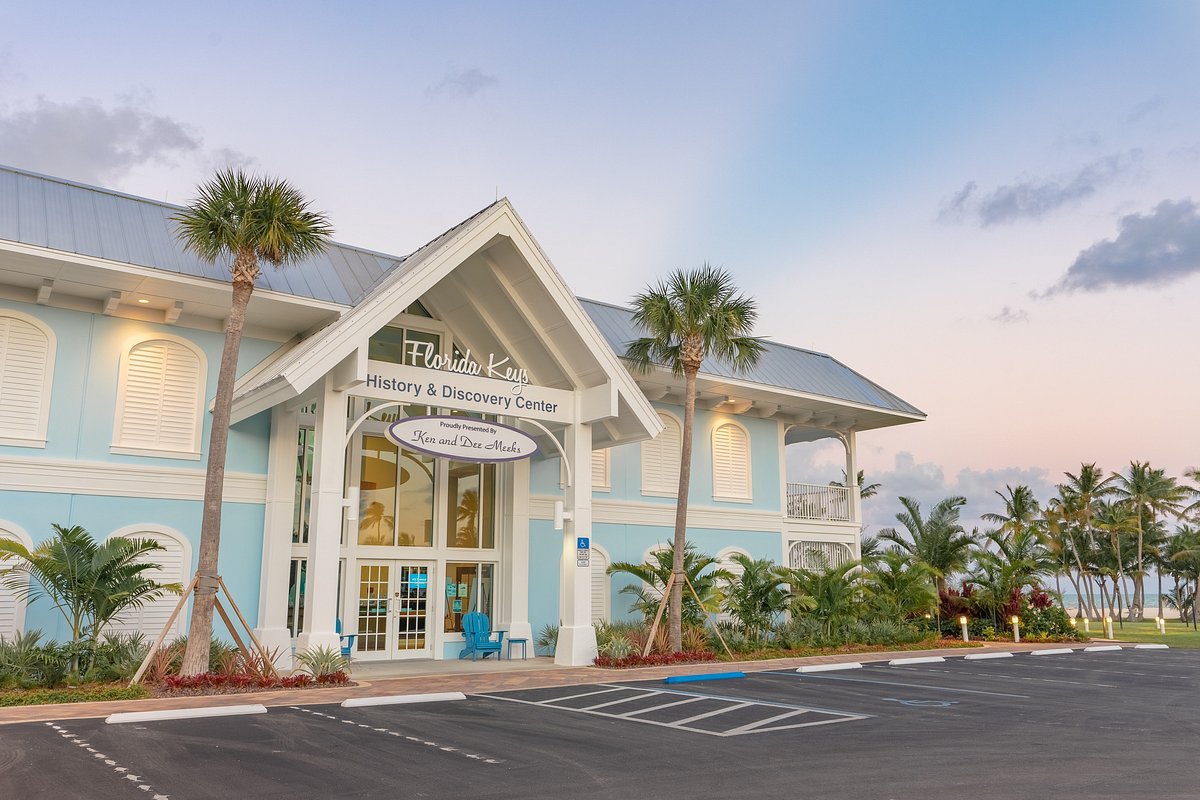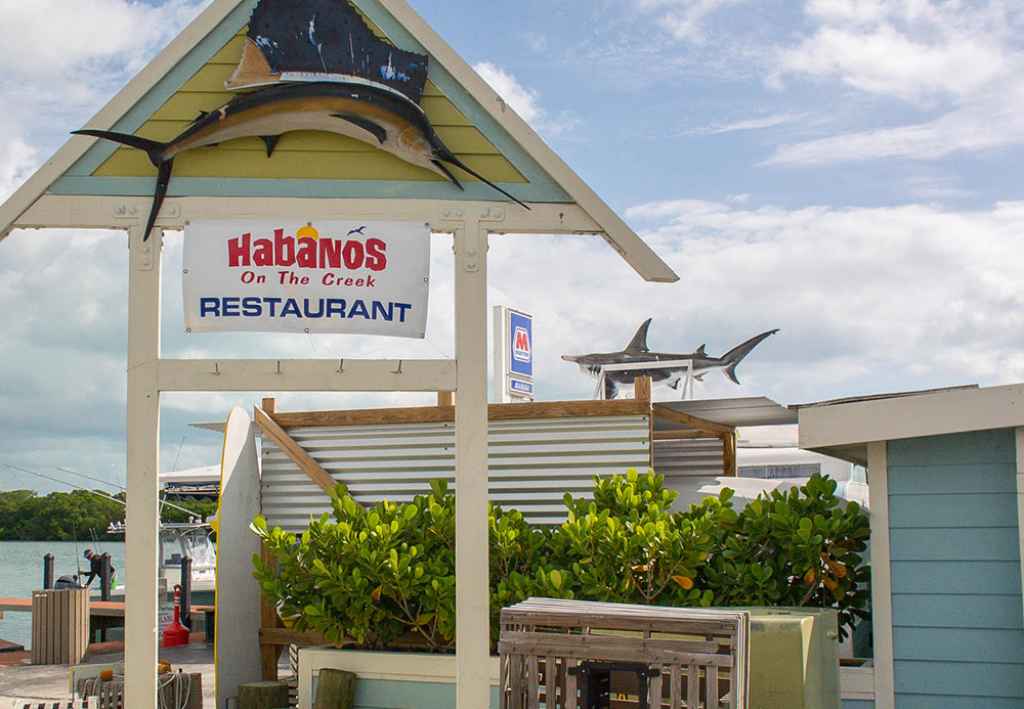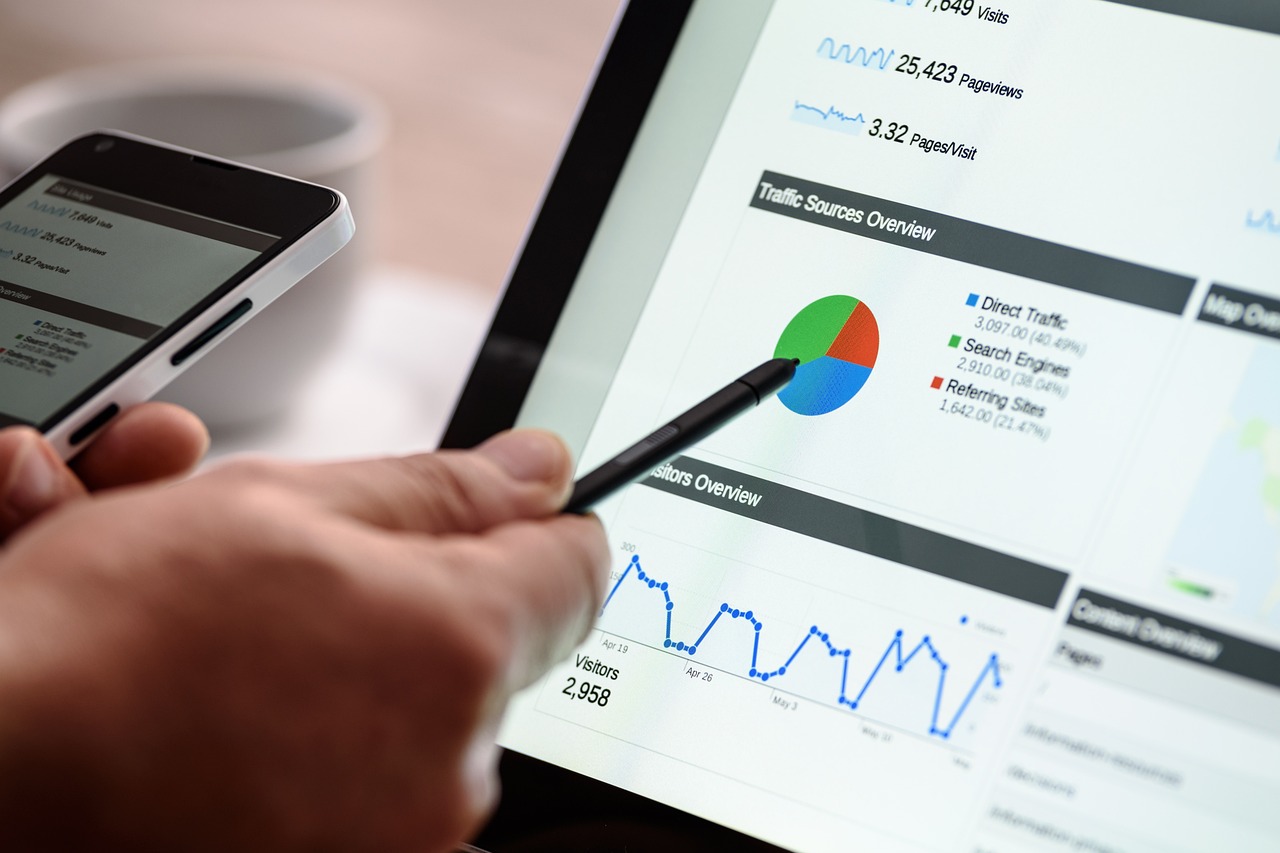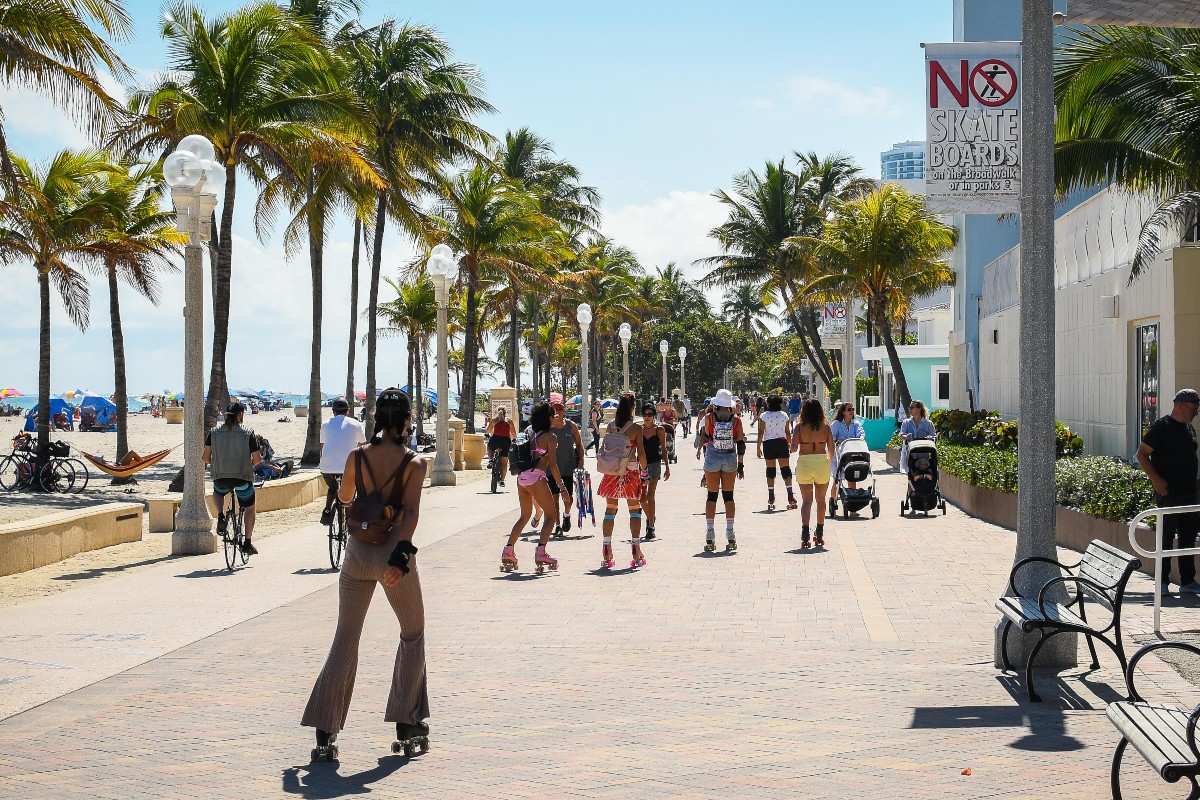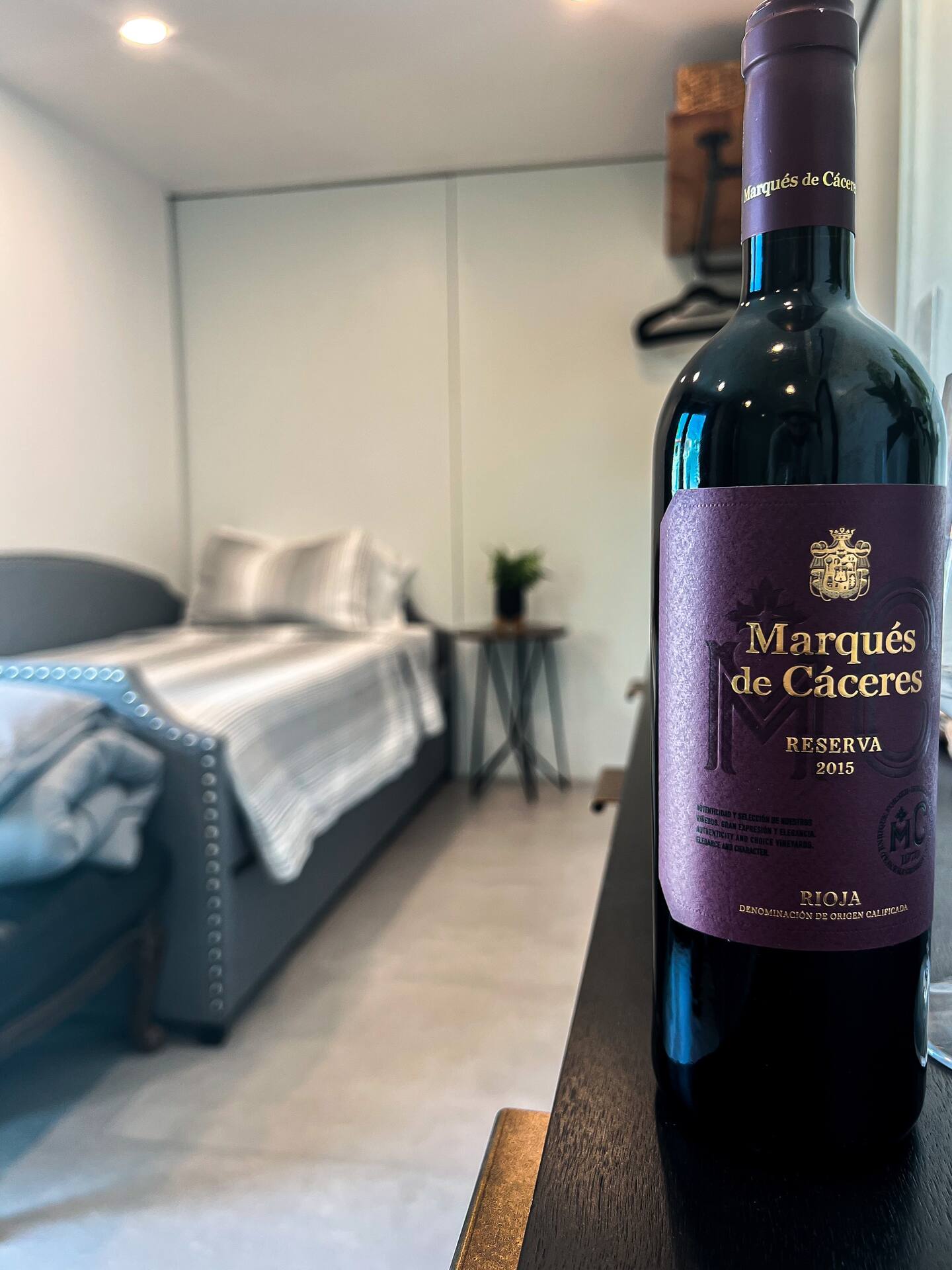Short-term rental success isn’t just about design or location—it’s about knowing how to price smartly. If you’ve ever wondered why your calendar has gaps or why bookings drop when the area is bustling, your nightly rate might be the culprit. Pricing your property is part science, part strategy. In this blog, we’ll explore how to adjust your nightly rates using real market data, seasonal timing, and technology to elevate your performance and profitability.
1. Know Your Market: Data Is Your Foundation
Pricing without research is like driving blindfolded. The most successful hosts anchor their strategy in up-to-date market intelligence.
Key Market Insights to Track:
Comparable Listings: Filter listings by location, guest capacity, and amenities on platforms like Airbnb, VRBO, and Mashvisor. See how you stack up.
Occupancy Rates in Your Zip Code: Use data from AirDNA or Transparent to understand how booked the market is.
Local Drivers of Demand: Events, weather trends, school calendars, and holidays all influence rates. For example, spring break or art festivals often trigger spikes in demand.
Guest Preferences: If your listing offers flexible cancellation or a heated pool in the winter, those features affect your pricing power.

Tip: Document the 5–10 closest competitors and track their pricing fluctuations monthly.
2. Adjust Seasonally (But Not Too Late)
Most markets—especially in Florida—follow seasonal demand curves. But too many hosts react after the peak hits. Pro-level pricing means forecasting ahead.
Seasonal Strategy:
Peak Season: Winter holidays, spring break, and summer vacations. Raise rates early—guests booking in advance expect higher prices.
Shoulder Season: March–May and September–October in many Florida regions. Competitive pricing helps maintain occupancy.
Low Season: Often mid-August to October. Introduce discounts, longer stay incentives, or bundled offers (e.g., stay 5 nights, get 6th free).
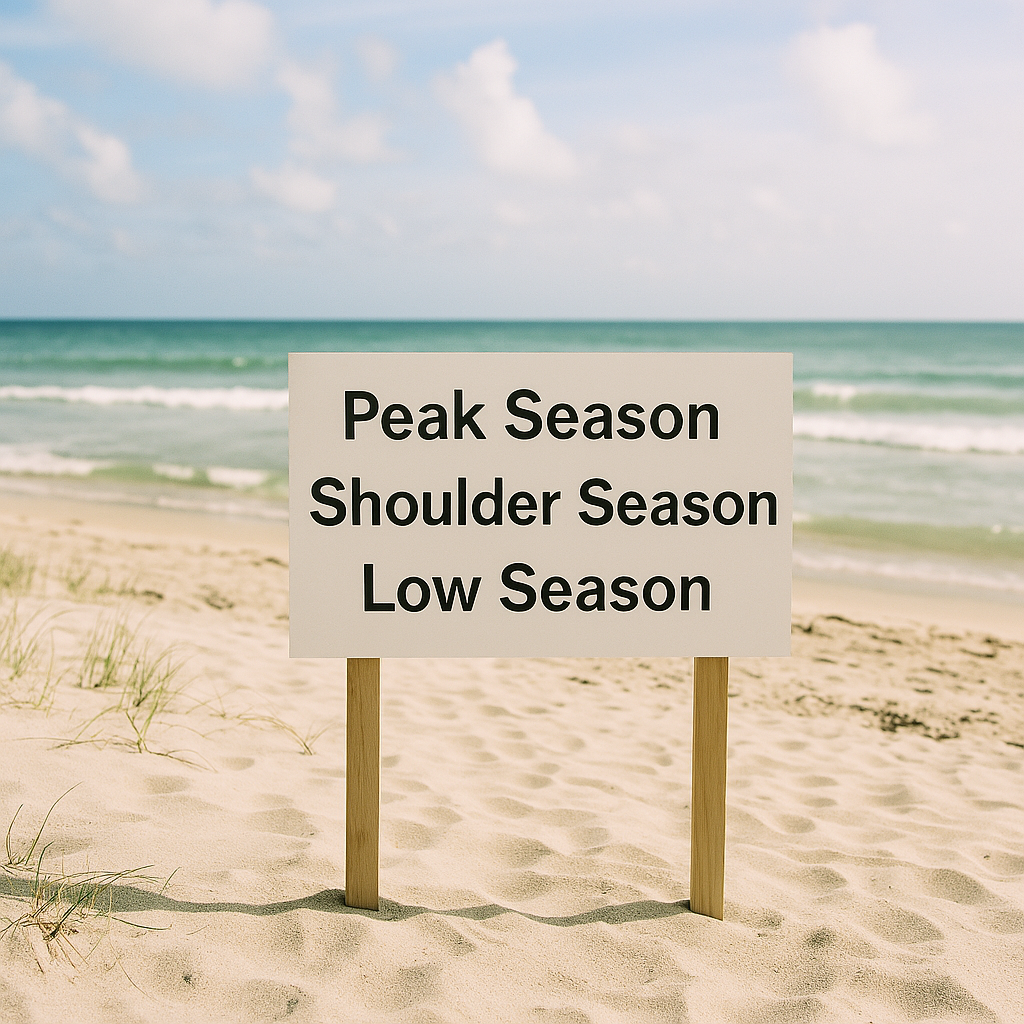
Tip: Schedule seasonal rate adjustments 3–4 months in advance. This gives your listing time to rise in visibility and rank higher in search results.
3. Use Smart Tools for Dynamic Pricing
While manual adjustments work for some, automation is the go-to for most serious hosts and property managers.
Recommended Tools:
PriceLabs: Offers market-based dynamic pricing and lets you set floor/ceiling limits, minimum stay rules, and seasonal nudges.
Beyond Pricing: Especially helpful for revenue forecasting and includes a health score to assess performance.
Wheelhouse: Known for customization, offering granular control by night, day of week, season, and even guest type.
These tools evaluate:
- Listing performance (conversion rate, lead time, etc.)
- Booking trends in real time
- Competitor availability
- Historical data
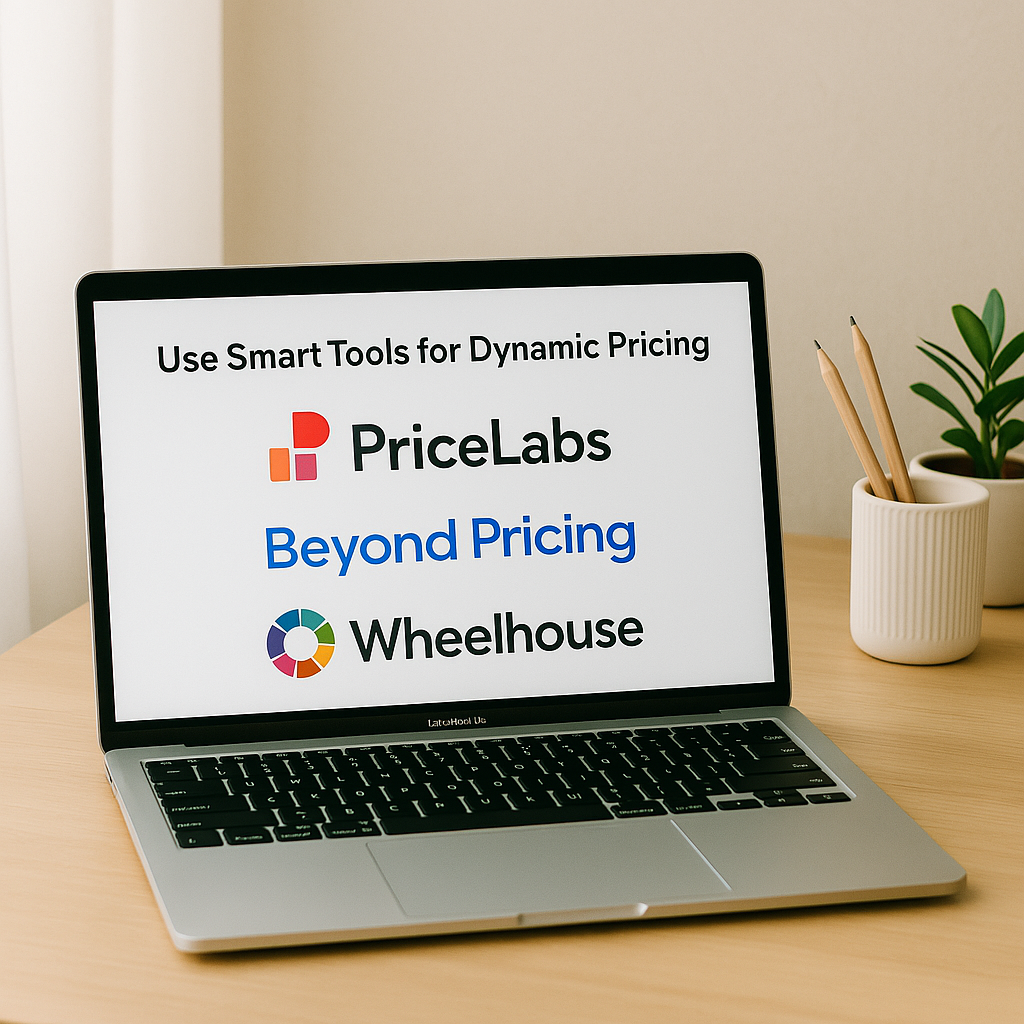
Insight: Listings using dynamic pricing tools often see 10–40% revenue increases year over year due to better rate optimization.
4. Fine-Tune Based on Performance Metrics
Smart pricing is not just “set it and forget it.” Your dashboard data is full of clues that can guide small but powerful tweaks.
Track These Metrics Weekly:
Length of Stay: Trends toward shorter or longer bookings can affect profitability and cleaning turnover planning.
Occupancy Rate: If below 50% during a high season, your rate may be too high. If 100%, you may be undercharging.
Booking Lead Time: Are you getting last-minute or advance bookings? Adjust pricing windows accordingly.
Conversion Rate (Inquiries vs. Bookings): A high number of views with few bookings signals a rate or listing quality issue.

Practice: Run experiments: try increasing your rate by 5–10% on high-demand weekends and measure results. A/B testing works even for small operators.
5. Adapt to External Trends and Guest Behavior
Even with automation and strong fundamentals, pricing must remain flexible in today’s changing market.
Stay Agile With:
Market Disruptions: Weather, airline price shifts, or economic trends can quickly impact demand. Use data dashboards (like AirDNA’s MarketMinder) to stay ahead of dips or surges.
Travel Trends: Rising bleisure (business + leisure) stays, longer trips, and group travel are changing booking patterns. Adjust minimum stays or weekend premiums to match.
Platform Insights: Airbnb’s “Smart Pricing” tool is controversial, but its data can be useful when cross-referenced with your manual strategy.

Example: If you notice that a new hotel opens near your STR, track their opening prices. This might impact your local pricing ecosystem.
Ultimately, mastering nightly pricing is a continuous process, not a one-time decision. By combining competitor analysis, seasonal strategy, dynamic pricing tools, and performance metrics, hosts can gain full control of their earning potential. Whether you manage one property or ten, a pricing system rooted in data and adaptability is your strongest lever for STR success.
